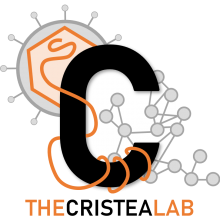Kinesin-3 mediates axonal sorting and directional transport of alphaherpesvirus particles in neurons
Type
During infection of the nervous system, alphaherpesviruses-including pseudorabies virus (PRV)-use retrograde axonal transport to travel toward the neuronal cell body and anterograde transport to traffic back to the cell periphery upon reactivation from latency. The PRV protein Us9 plays an essential but unknown role in anterograde viral spread. To determine Us9 function, we identified viral and host proteins that interact with Us9 and explored the role of KIF1A, a microtubule-dependent kinesin-3 motor involved in axonal sorting and transport. Viral particles are cotransported with KIF1A in axons of primary rat superior cervical ganglion neurons, and overexpression or disruption of KIF1A function, respectively, increases and reduces anterograde capsid transport. Us9 and KIF1A interact early during infection with the aid of additional viral protein(s) but exhibit diminished binding at later stages, when capsids typically stall in axons. Thus, alphaherpesviruses repurpose the axonal transport and sorting pathway to spread within their hosts.

